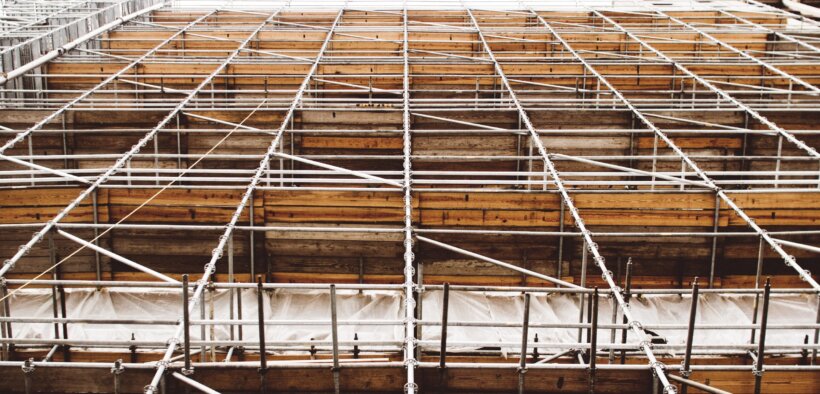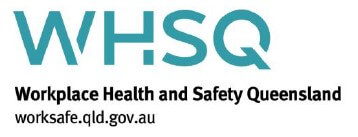Updated Qld Scaffolding Code comes into effect on July 1
Martin Sinclair Jul 23

The HRIA wishes to advise members that the recently released Scaffolding Code of Practice 2021 published by Workplace health & Safety Queensland (WHS Qld) comes into effect on July 1st.
On 1st July 2021 , this new 2021 edition will supersede the 2009 edition of the Scaffolding Code of Practice currently in use.
Links to WHS Qld are below :
WHS Qld: https://www.worksafe.qld.gov.au/
WHS Qld Codes of Practice : https://www.worksafe.qld.gov.au/laws-and-compliance/codes-of-practice
WHS Qld Scaffolding Coe of Practice: https://www.worksafe.qld.gov.au/laws-and-compliance/codes-of-practice/scaffolding-code-of-practice
The key changes in the Scaffolding Code of Practice 2021 include (but are not limited to) the following:
- A new table recommends when an engineer, rather than a scaffolder or competent person, should design, verify and undertake the initial inspection of various scaffolds. These recommendations are based on the level of risk and largely reflect current industry practice.
- Requirement for two means of access and egress for external perimeter scaffolds over a certain size, excluding detached dwellings. One means of access and egress should be suitable for emergency stretcher access.
- A recommendation that the step height from the scaffold stair module on to the working platform should be minimised so it is no more than 300 millimetres when there is a change in direction between landings. A cost-effective way for industry to meet this new requirement involves replacing existing 1.5 metre stair modules with 2 metre modules. This section will have a delayed commencement and will only apply to stand-alone scaffolding where erection commences 12 months after 1 July 2021.
- Amendment to advise that where it has been identified non-destructive testing (NDT) for cracks in high stress areas of suspended scaffold components is needed to identify cracks not easily visible, the NDT should be conducted every three years.
Changes to the respective sections of the COP:
- New Section 2 Planning and design combines previous sections 3 and 5;
- Inclusion of a design and inspection table in section 2.2 Design;
- Update to subsection 2.3.1 Ground conditions;
- Redrafting of section 2.4.1 Tying section;
- Expansion of the section 2.7.1 Access and egress;
- Inclusion of a new subsection 2.7.1.1 on step heights;
- New subsection 2.7.3 Maintaining a safe work environment and updated information in section 4.3 Safe dismantling of scaffold;
- New subsections added: 3.3 Fixed plant 3.8 Unauthorised access, use or alteration 3.9 Scaffold quality 3.12 Fire and explosion;
- New subsection 3.6.2 Gaps;
- Update to section 5.3 Suspended (swing stage) scaffold.











